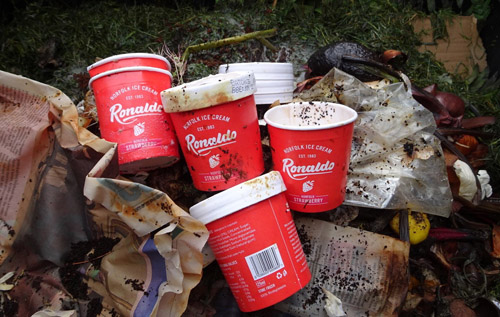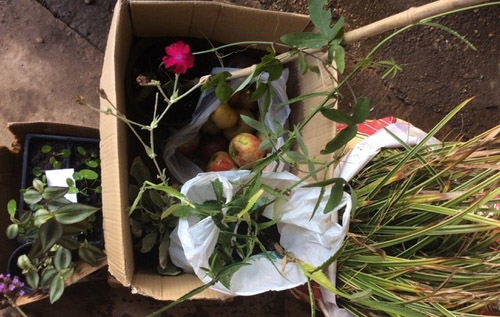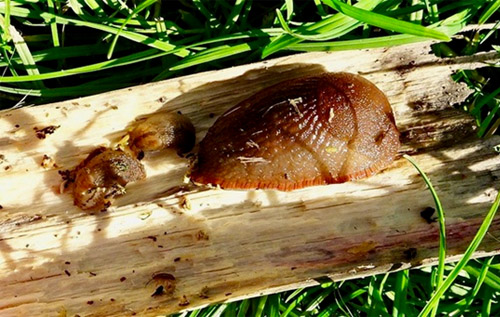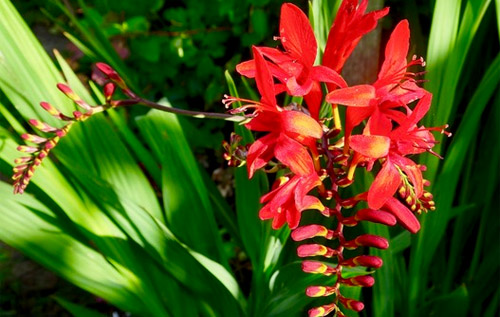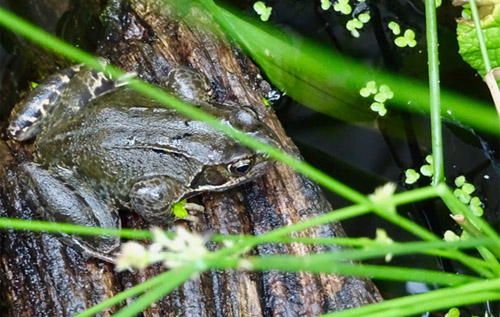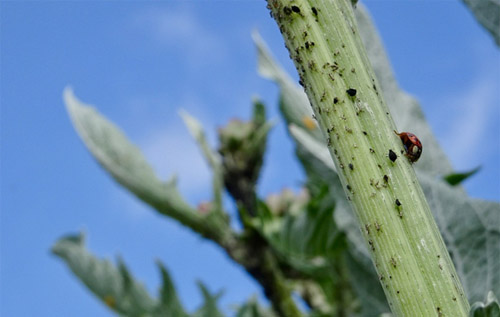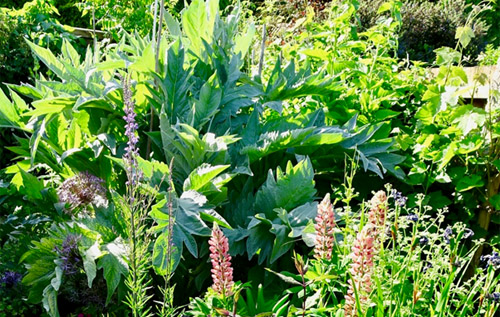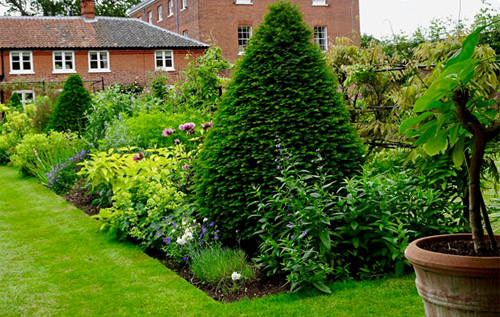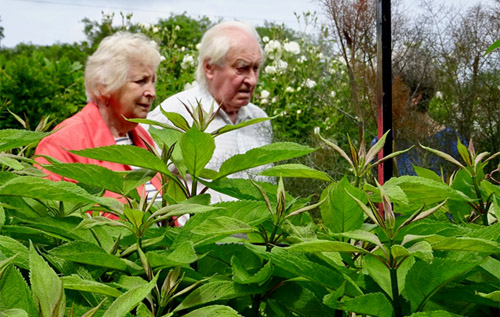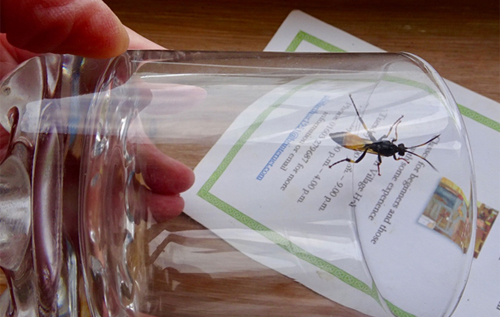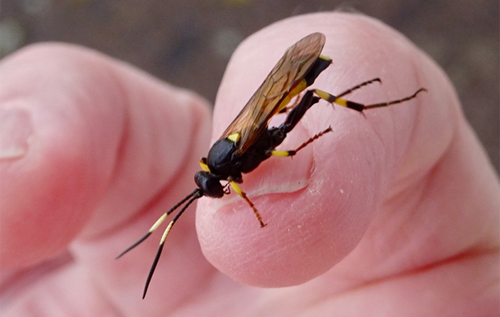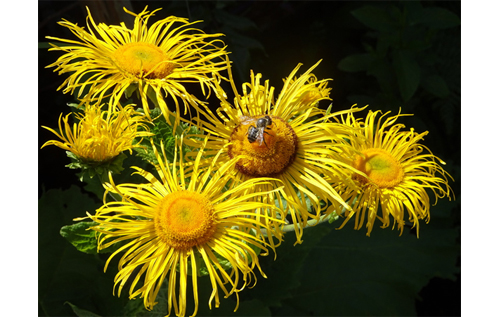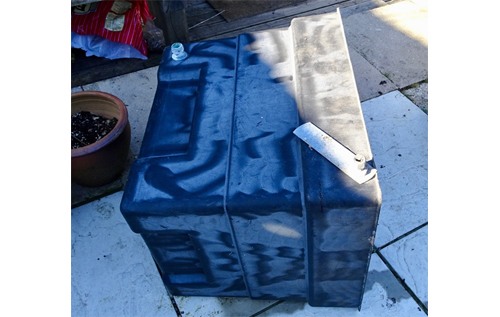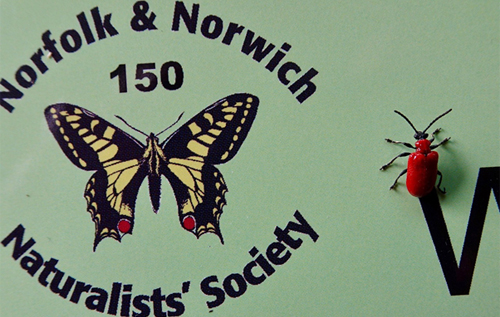By Victoria Plum
My neighbour said to me, did you know that if you leave leaves and garden bits on the border the worms will drag them down into the ground?
Well I have always known this. I think I was born knowing this and I bet you were born knowing this too. How does anyone grow up not knowing this?
We have several sorts of earthworms in Great Britain and they each have, like all creatures in nature, very specific work to do. They mine the soil in different ways to ensure fertility and drainage and aeration.
Those greenkeepers who “keep” bowling greens use vermicides to eliminate worms because their casts spoil the flatness of the green and therefore spoil the game.
Charles Darwin did much research into worms and over a 30-year period discovered that worm casts and the action of worms stabilised a steeply sloping stony slope, so much so that what had been unsafe to ride his horse over eventually became stable enough over which to actually gallop.
He put worms on his piano and found they were sensitive to vibrations and experimented with paper “leaves” to monitor worm activity.
I have often found leaves half stuck in the ground – clear evidence of worm work. The message is that if we look after our worms they will look after us.
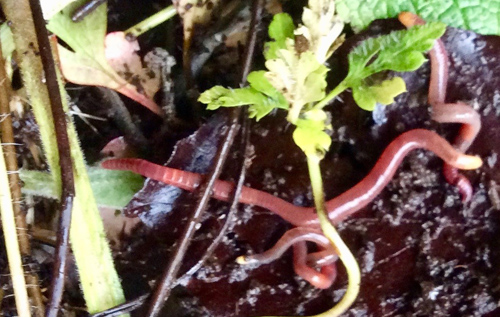
Above: Worms in my wormery. Photo: Tina Sutton
As I drove through Taverham recently, there they were, the inhabitants, raking up leaves, ready to go in the brown bin.
I used to do this, I admit, but now I treat leaves like the gold dust they are and rake them onto the borders to blanket and protect the ground and the myriad invisible creatures that I now know we depend on.
On these miserable winter days it’s worth spending some time googling. Via the Wild Ken Hill (as seen on Autumn Watch) website, I found Andy Cato of Wildfarmed.
He says that although we might feel as individuals there is little we can do about climate change, if we exercise sensible choices each time we sit down to eat, which we all do three times a day, we really can engineer change.
Keep in touch with the Reepham & District Gardening Club via the website. Sadly there is now no Christmas social this year, but interesting meetings are already planned for the New Year.


